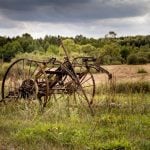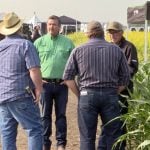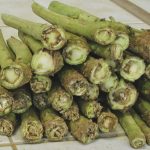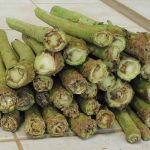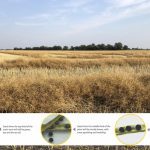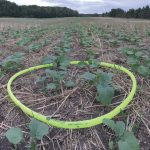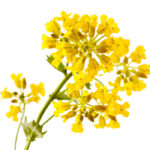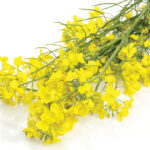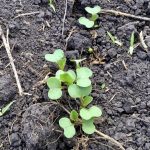Neonicotinoids used as a seed treatment remain the safest and most effective tool for managing flea beetles, an entomologist says. Neonicotinoids are a widely used class of insecticides available since the 1990s. Concerns about their environmental impact emerged in the early 2000s, when studies showed they caused harm to honeybees and other pollinators. These findings[...]
